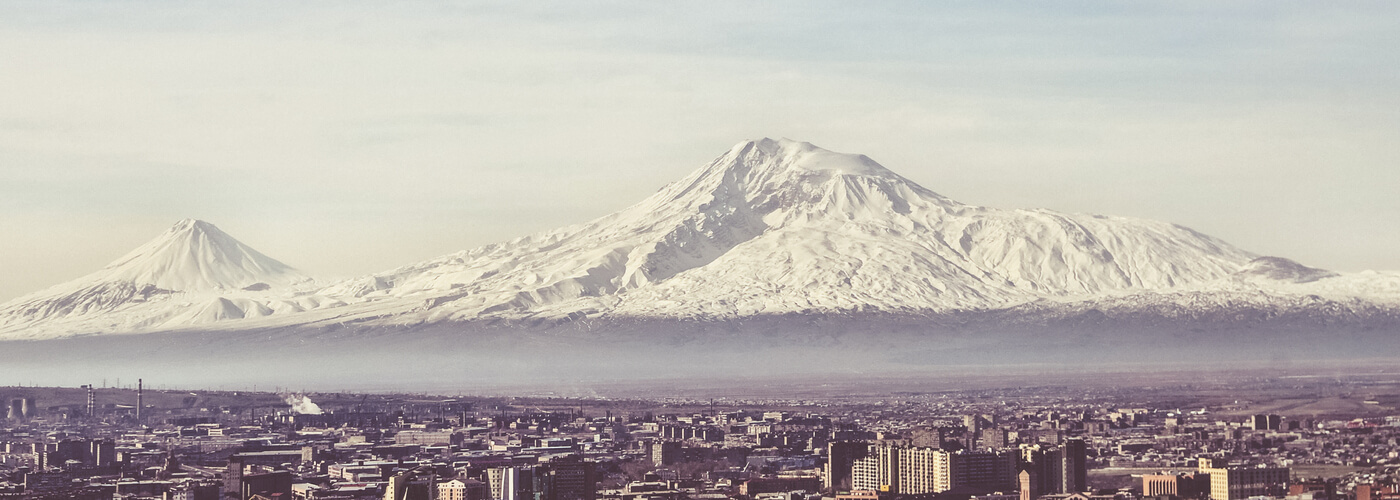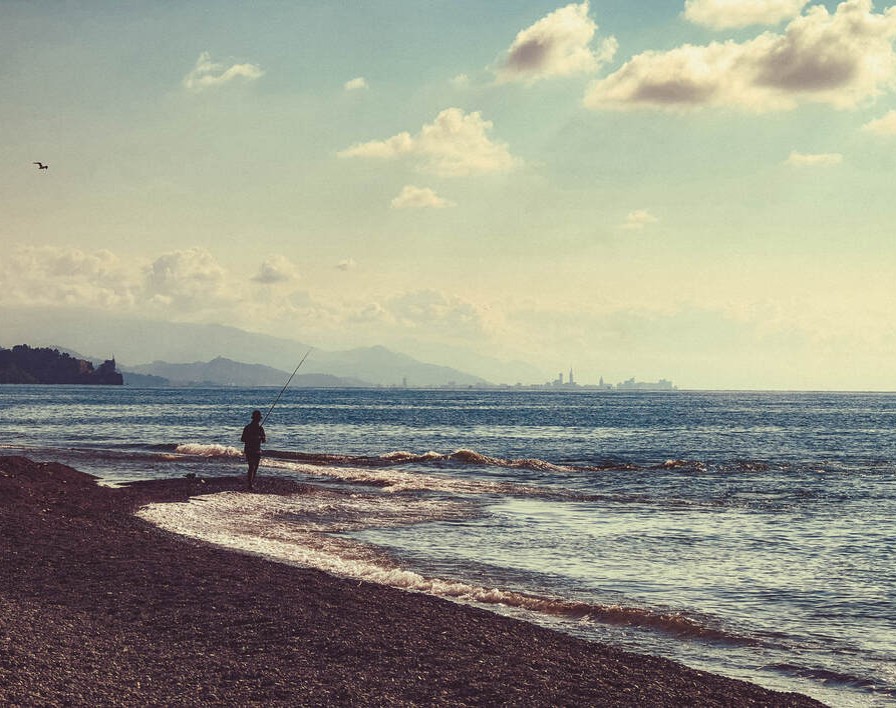- 4
- 1
- 2
- 3
- 3
- 2
- 2
- 2
- 4
- 2
- 4
- 4
- 1
- 1
- 1
- 1
- 1
- 1
- 1
- 1
- 1
- 3
- 3
- 1
- 3
- 3
- 3
Yerevan
Capital of Armenia

Yerevan is the third-largest city in the South Caucasus after Baku and Tbilisi. Since Armenia’s independence in 1918, it has been the capital of the country.
Yerevan is not only the country’s largest city but also its cultural center. It has numerous museums such as the Historical Museum of Armenia, the Armenian National Gallery, the Cafesjian Museum of Arts, and the Armenian Genocide Museum.
Yerevan and its long history
Already since the 4th millennium B.C., the area of today’s Yerevan was inhabited. In Arin Berd, Berdadzor, Karmir Berd, Karmir Blur, Zhengawit and Zizernakaberd fortified settlements from the Bronze Age can be found.
In 658 Yerevan was conquered by the Arabs, later by the Bagratides and the Seljuks. In 1387 it was Timur Lenk who invaded Yerevan. For a long time, the city was fiercely contested due to its strategically important location on the Silk Road. Especially the Ottomans and the Persians wanted to take the city. Between the 16th and 18th centuries, Yerevan was ruled 14 times – only by the Ottomans and the Persians. Due to deportations, the Armenian population in the city fell to less than 20% at the beginning of the 17th century. From 1747 the city belonged to the Khanate Yerevan, a Muslim principality under Persian rule. 80 years later the Russians conquered the city and incorporated it into their empire.
The Cascade in Yerevan
One of the main spots in Yerevan is the Cascade Monument, the beating heart of the city. It is where the youth gathers for drinks, it is where all open-air concerts are held, and it is where you can capture the best panorama of Yerevan.
The construction of the Cascade began in 1971 and was partially completed in 1980. However, since then, the monument in the city center of Yerevan has undergone renovations to become more appealing and more unique. The final and current form of this staircase-formed monument has been standing there since its last phase of renovation in 2009. It consists of 572 steps.
From 1918 to 1920 Armenia and Yerevan were independent for a short time, but in 1921 the Soviets annexed the country, and Armenian SSR made it part of their empire. Since 1991, Yerevan has been the capital of the independent state of Armenia. The Cascade has been everyone’s all-time favorite not only because of these high-end valuable artworks but also because of the fantastic view of the city that one can enjoy from the top of the Cascade. If the view is clear, you even can have a great view of Mount Ararat.
Art Museum and Cafes
Due to the Armenian-American businessman and art collector Gerard Cafesjians’s investments and connections, the Cascade became a valuable open-air and free-access modern art museum. Artists like Fernando Botero, Lynn Chadwick, Barry Flanagan, Jaroslava Brychtova, or Jaume Plensa are featured at the Cascade, and all passers-by have a chance to enjoy their masterpieces for free.
The Cascade also became an auspicious venue for youth pastime because of the recent emergence of cozy terraced cafes that allow friendly gatherings, lively conversations and, why not, productive business meetings. The foot of the Cascade staircases became the perfect place for jazz concerts, traditional Armenian dancing masterclasses, and more.
Trips to Yerevan

Highly recommended if you want to discover all three countries of the South Caucasus with all its facettes during just one trip.
- Jan
- Feb
- Mar
- Apr
- May
- Jun
- Jul
- Aug
- Sep
- Oct
- Nov
- Dec

